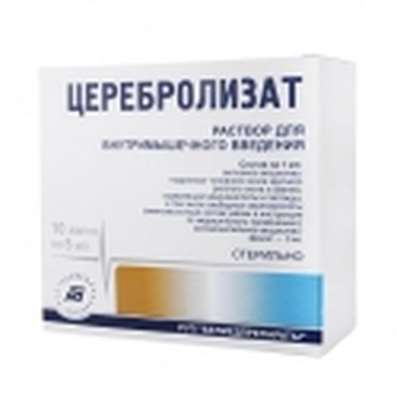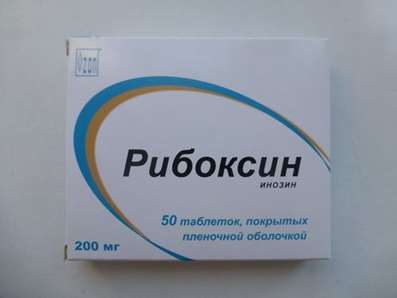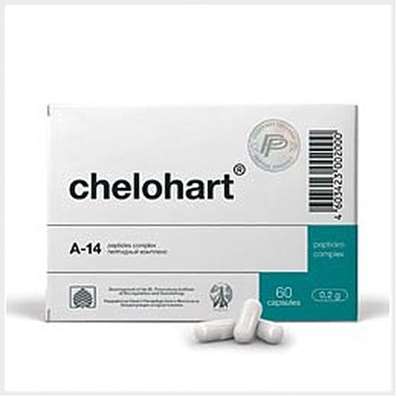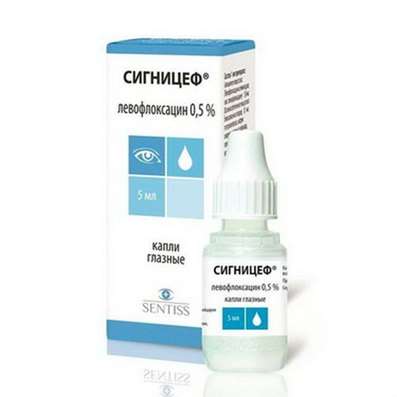Instruction for use: Cyclopentolate (Cyclopentolatum)
I want this, give me price
chemical name
2- (Dimethylamino) ethyl ester of α- (1-hydroxy-cyclopentane) benzene acetic acid (as hydrochloride)
Pharmacological group
M Cholinolytics
Ophthalmological agents
The nosological classification (ICD-10)
H20 Iridocyclitis
recurrent iritis, sympathetic iridocyclitis, Sluggish posterior uveitis, Sluggish posterior uveitis, Posterior uveitis, the posterior segment of the eye Iridocyclitis, Iridocyclitis and other uveitis, Irit, Keratoiridotsiklit, Acute iritis, uveitis, cycle of Acute iridocyclitis, Acute non-infectious uveitis
H599 * Diagnosis / eye disease diagnostics
Angioscopy iris, Gonioscopy, Diagnosis in Ophthalmology, Differential diagnosis of the type of injection of the eyeball, A study of the fundus, A study of the fundus and lens, Control of the rear segment of the eye state, mydriasis, Examination of the retina during surgery, Examination of the retina after surgery, Definition of manifest refraction, Determination of refraction, Determination of refraction using skiascopy, Ophthalmic diagnostics, funduscopy, pupil dilation, Creation of mydriasis, Creating cycloplegic, Fluorescein angiography of retinal vessels, electroretinography
Z100 * CLASS XXII Surgical practice
Abdominal surgery, adenomectomy, Amputation, Coronary angioplasty, Angioplasty of the carotid arteries, Antiseptic skin treatment for wounds, Antiseptic Hand, Appendectomy, atherectomy, Balloon coronary angioplasty, Vaginal hysterectomy, The coronary bypass, Interventions in the vagina and cervix, Interventions on the bladder, Intervention in the mouth, Restoration and reconstructive surgery, Hand hygiene of medical personnel, Gynecologic surgery, Gynecological intervention, Gynecological surgery, Hypovolemic shock during operations, Disinfection of purulent wounds, Disinfection of wounds edges, Diagnostic intervention, Diagnostic procedures, Cervical Diathermocoagulation, Long-surgery, Replacing the fistula catheters, Infection in orthopedic surgery, Artificial heart valve, cystectomy, Short-term outpatient surgery, Short-term operation, Short surgical procedures, Krikotireotomiya, Blood loss during surgery, Bleeding during surgery and in the postoperative period, Kuldotsentez, laser photocoagulation, laser coagulation, retinal laser coagulation, Laparoscopy, Laparoscopy in Gynecology, CSF fistula, Small gynecological operations, Small surgical procedures, Mastectomy and subsequent plastic, mediastinotomy, Microsurgical operations on the ear, Mukogingivalnye operation, suturing, Minor surgery, neurosurgical operation, Immobilization of the eyeball in ophthalmic surgery, testectomy, pancreatectomy, Perikardektomiya, The period of rehabilitation after surgery, The period of, convalescence after surgery, Percutaneous transluminal coronary angioplasty, Pleural thoracentesis, Pneumonia postoperative and posttraumatic, Preparation for surgical procedures, Preparation for surgery, Preparation of the surgeon's hands before surgery, Preparation of the colon for surgical procedures, Postoperative aspiration pneumonia in neurosurgical and thoracic surgery, Postoperative nausea, Postoperative bleeding, postoperative granuloma, postoperative shock, The early postoperative period, myocardial revascularization, Radiectomy, gastric Resection, bowel resection, uterine Resection, liver Resection, enterectomy, Resection of part of the stomach, Reocclusion of the operated vessel, Bonding tissues during surgical procedures, Removal of sutures, Condition after eye surgery, Condition after surgery, Condition after surgery in the nasal cavity, Condition after gastrectomy, Status after resection of the small intestine, Condition after tonsillectomy, Condition after removal of the duodenum, Condition after phlebectomy, Vascular surgery, Splenectomy, Sterilization of surgical instruments, Sterilization of surgical instruments, sternotomy, Dental surgery, Dental intervention in periodontal tissues, strumectomy, Tonsillectomy, Thoracic surgery, total gastrectomy, Transdermal intravascular coronary angioplasty, Transurethral resection, Turbinektomiya, Removal of a tooth, cataract surgery, Removal of cysts, tonsillectomy, Removal of fibroids, Removing the mobile primary teeth, Removing polyps, Removing broken tooth, Removal of the uterus body, Removal of sutures, Urethrotomy, Fistula likvoroprovodyaschih ways, Frontoetmoidogaymorotomiya, Surgical infection, Surgical treatment of chronic limb ulcersm, Surgery, The surgery in the anal area, The surgery on the colon, Surgical practice, The surgical procedure, Surgical interventions, Surgery on the gastrointestinal tract, Surgical procedures on the urinary tract, Surgical procedures on the urinary system, Surgical intervention of the genitourinary system, Surgical procedures on the heart, Surgical manipulation, surgery, Surgery on the veins, Surgical intervention, Vascular surgery, Surgical treatment of thrombosis, cholecystectomy, Partial gastric resection, transabdominal hysterectomy, Percutaneous transluminal coronary angioplasty, Percutaneous transluminal angioplasty, Coronary artery bypass, tooth Extirpation, Extirpation of milk teeth, pulpectomy, pulsative cardiopulmonary bypass, tooth Extraction, teeth Extraction, cataract extraction, Electrocoagulation, endourological intervention, episiotomy, Etmoidotomiya, Complications after tooth extraction
Z40 Prophylactic surgical intervention
Inhalation anesthesia, Intratracheal Intubation, Intubation of the trachea, Surface anesthesia in ophthalmology
Code CAS 512-15-2
Characteristics
Molecular weight 327.85. Solutions for use in ophthalmology are borate-buffered solutions of cyclopentolate hydrochloride.
Pharmacology
Pharmacological action - holinoliticheskoe, mydriatic.
Has m-cholinolytic activity. Relaxes the circular muscle of the iris and the ciliary muscle of the eye. Expands the pupil (mydriatic action) and causes paralysis of accommodation (cycloplegia).
Easily penetrates the tissues of the eye. The effect develops rapidly, maximum cycloplegia is reached within 25-75 min, mydriasis within 30-60 min after a single instillation. The complete restoration of accommodation usually occurs within 6-24 hours, the pupil size in some cases in particularly sensitive patients can return to the original for several days. Minorly reduces the secretion of the salivary glands.
Indications
Ophthalmologic diagnostics (ophthalmoscopy, refractometry, etc.), for the creation of mydriasis in inflammatory diseases of the anterior part of the eye (episcleritis, scleritis, keratitis, iridocyclitis, uveitis) and during preoperative preparation while extracting cataracts.
Contraindications
Hypersensitivity, zakratougolnaya glaucoma, predisposition to the violation of the outflow of intraocular fluid (narrow or closed angle of the eye).
Restrictions on the use
Age up to 3 months.
pregnancy and lactation
Not recommended (may undergo systemic absorption, clinical experience is inadequate).
Side effects
From the nervous system and sensory organs: local - increased intraocular pressure, photophobia, darkening of eyes, burning, eye irritation, hyperemia, conjunctivitis, blepharoconjunctivitis, spot keratitis, synechia; Dizziness, psychotic reactions, behavioral disorders, ataxia, unusual drowsiness, weakness, incoherent speech, anxiety, hallucinations, increased activity, seizures, violation of temporal and spatial orientation.
Other: skin rashes, bloating in children, thirst or dry mouth, nausea, tachycardia, hyperpyrexia, vasodilation, urinary retention, weakening of the peristalsis of the gastrointestinal tract, a decrease in the secretion of glands (sweat, saliva, mucous membranes of the ENT organs and bronchi).
Interaction
The effect of cyclopentolate can strengthen alpha-adrenomimetics (phenylephrine), weaken - m-holinomimetiki (pilocarpine). Cyclopentolate reduces the antiglaucoma and miotic effects of carbachol, pilocarpine and anticholinesterase agents.
Overdose
Treatment: in severe cases, the antidote - physostigmine salicylate is administered (iv, slowly, possibly - p / k); Adults and adolescents - 2 mg, while remaining signs of intoxication - 1-2 mg after 20 minutes; Children - 0.5 mg (with persistent toxic effects and the absence of cholinergic manifestations, it is possible to re-administer 5 minutes to the maximum cumulative dose of 2 mg).
Precautions
Children under 2 years of age should not be used in concentrations above 0.5%. They are used with caution in the elderly and patients, with the risk of increased intraocular pressure, with Down's syndrome, in children with spastic paralysis or cerebral disorders, in light-skinned blue-eyed children (characterized by increased sensitivity to the action of cyclopentolate).
Less effective in people with dark pigmented irises (residual accommodation can reach 2.0-4.0 D).
In children, in the presence of a semi-stable or persistent spasm of accommodation, it is better to use the course of atropine instillations for cycloplegia.
In patients older than 40 years, the use of cyclopentolate requires monitoring of intraocular pressure and (if necessary) gonioscopy.
special instructions
To reduce systemic absorption, it is recommended to press the nasolacrimal point during the procedure and for 2-3 minutes after it (especially in children). In infants, due to possible intolerance to food, it is recommended to feed not earlier than 4 hours after using the drug. If you experience photophobia, you should wear sunglasses to protect your eyes from UV light. If photophobia and / or darkening of vision do not pass within 36 hours after instillation, you should consult your doctor.
Patients with hypersensitivity to atropine do not give a cross-allergy to cyclopentolate.

 Cart
Cart





